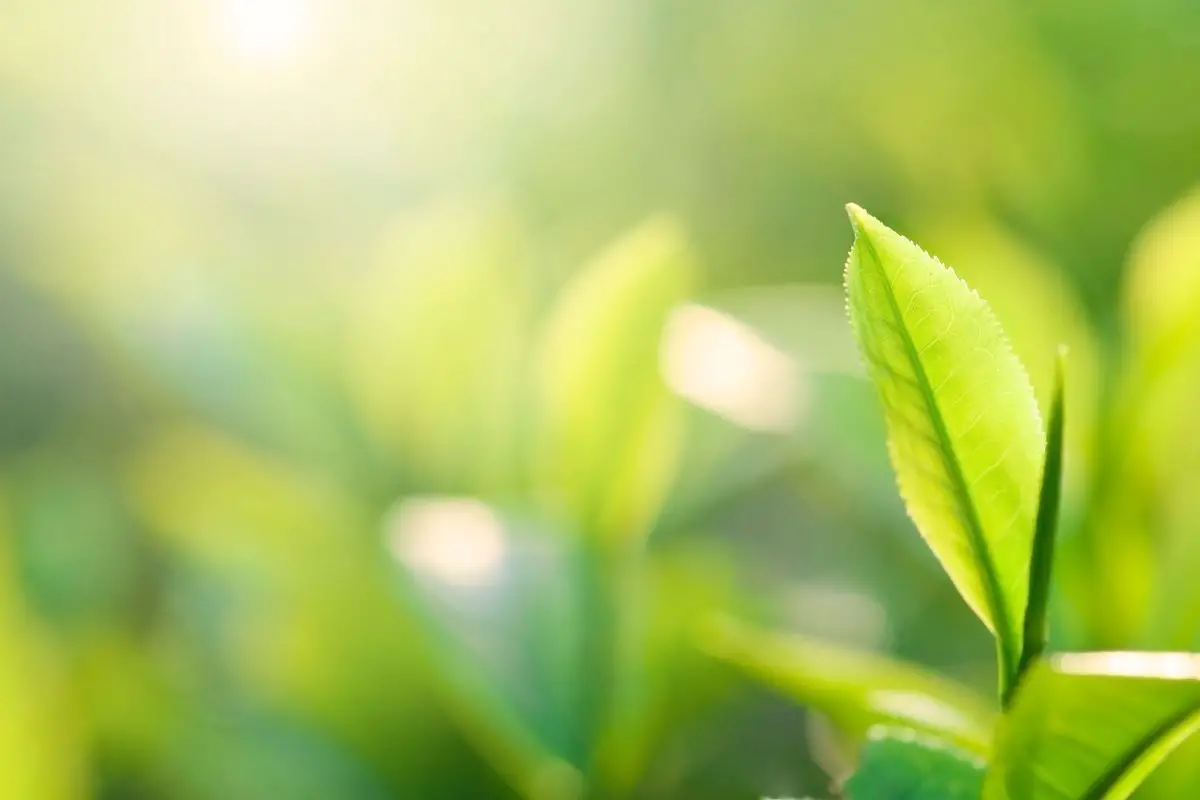Camellia sinenis or tea to most of us is an unusual plant for a gardener to grow and is not seen very often in home plots.
However if you are looking for something different to grow then tea would be a good choice.
It is not the easiest of plants to grow but with a few tips you could be successfully harvesting your own, home grown tea, in a few years.
Tea grows best in warm, subtropical areas that have acid soils and are sheltered from strong winds. The plant enjoys well drained soil and lots of sun. You can grow tea in pots or other containers which can be taken outdoors during the summer and kept inside when the weather is bad if you live in colder parts of the country.
Where can you get tea for growing?
You have two options – seeds or young plants that have been grown by specialist suppliers.
Seeds – The seed option may be the cheapest way of growing tea but germination can be difficult and the quality of tea seed can be quite changeable and unreliable. If you wish to plant tea seeds then there are several suppliers of tea seeds on Amazon.
Plants – This is by far the best option. By purchasing a young plant from a supplier the headache of seed germination has been removed and you’ll have a plant that is several months old. It is a much more reliable and easier way of starting with your tea growing journey.
Growing tea from seeds
- Soak the seeds in warm water for 24 to 48 hours. This helps the seed to absorb water and starts the germination process.
- Place the seeds on some tissue or blotting paper, in a seed tray, in a warm and sunny spot. Keep them damp with a hand sprayer.
- After 2 to 3 hours cover the seeds with a thin layer of coarse compost or fine grit, keep the tray in a warm position and signs of germination should occur within 6 to 8 weeks.
- When the seedlings become large enough to handle ( 3 to 4 leaves ) transplant them into their own individual pots filled with a compost that is made for acid loving plants.
- Keep them in a warm, light area, out of direct sun until they are 6 to 10 inches tall.
Growing tea from young plants.
This is the easier option and will provide you with a better quality plant for your first growing season. The steps to take are:
Make sure the container, either pot or an old bucket, has drainage holes so that there is no waterlogging.
Keep the compost moist at all times but be careful not to over water the plant as this can cause root rot.
When you receive your plants, place them in a sheltered area where they will get plenty of direct sun and water for the first few weeks until they become established.
When your plants are 3 to 4 inches tall move them into their final position where they will stay for at least two years.
Tea plants and how to care for them.
Your tea plant will need full sun but it is best to keep it sheltered from the wind, as these are a problem for this plant.
If you do find that your plant has been damaged by the wind then try moving it into a more sheltered position during bad weather.
The soil that you grow your plant in needs to be slightly acidic to neutral, with a pH of around 6.
How long do tea plants take to produce tea?
You may be surprised to find out that it is not possible to harvest tea plants for a few years after you have started.
Tea plants take around 3 – 5 years before they will start to produce harvestable leaves and on average, your plant should be producing small amounts of new leaves for the next 10 – 15 years.
The springtime is when you will be able to harvest leaves from your tea plant as the new growth appears it is this that forms the basis for the warm drink.
Pluck the two green leaves and bud from the tip of the plant, if you do this on a regular basis then you will encourage the plant to produce more young leaves.
[amazon box=”B08377L4PY” template=”horizontal”]
Final Words
It is possible to grow tea at home. Tea shrubs are easy-to-grow plants that thrive in shady areas with little water so they’re perfect for people living in containers indoors.
They need very little maintenance and will provide years of enjoyment if given proper care.
Give growing tea at home a try.




